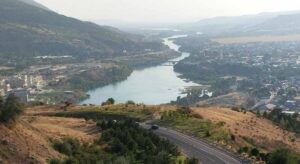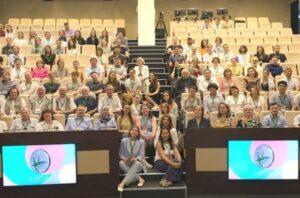President Shavkat Mirziyoyev chaired a video conference on July 9 to outline additional measures to improve road safety, ease traffic congestion, and enhance transport infrastructure across Uzbekistan.
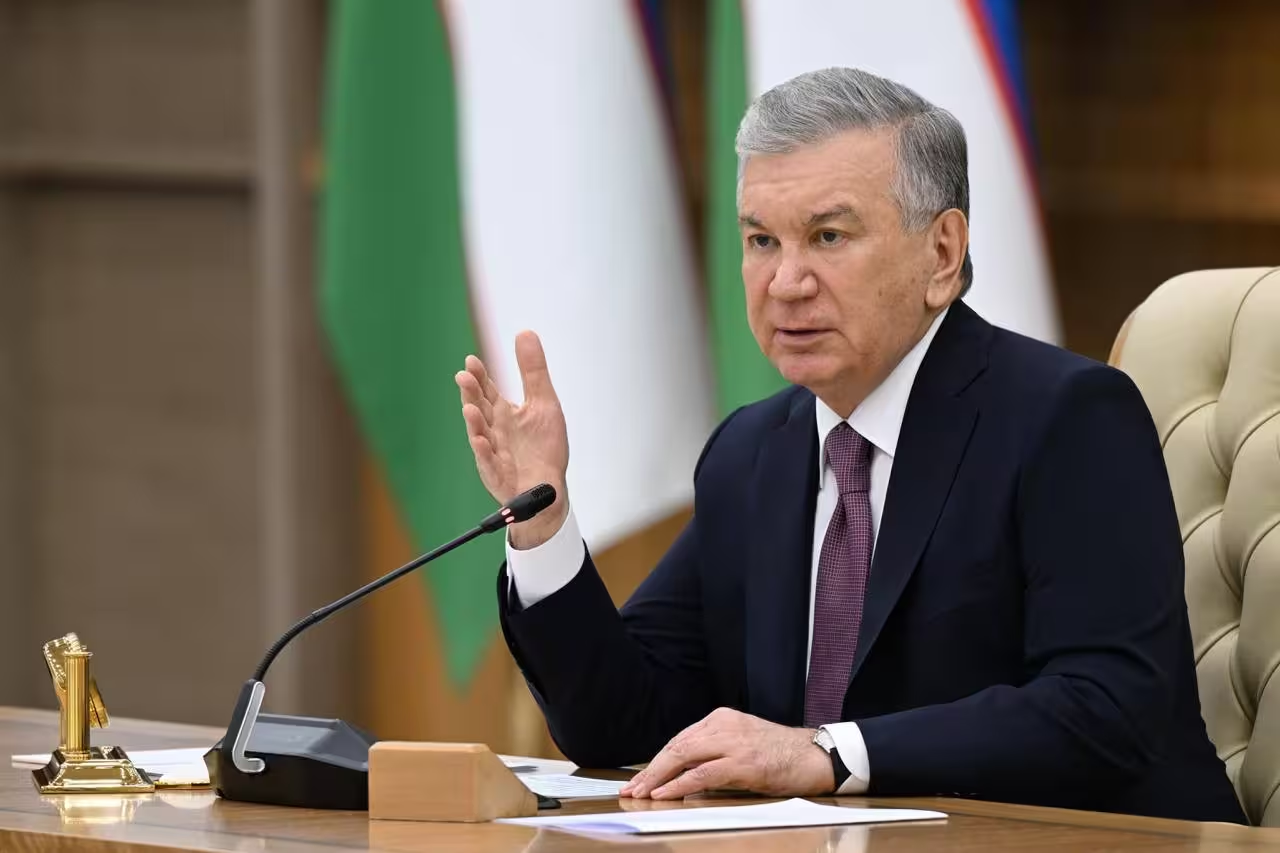
The meeting comes amid growing concern over the country’s high rate of road accidents. In 2024, 9,364 traffic incidents were recorded, leaving nearly 9,000 injured and 2,203 dead.
“The fact that one person dies in every fourth accident, or an average of six people per day, should be of great concern to everyone,” Mirziyoyev said.
Major Investments and Reforms
Over the past few years, UZS 61 trillion ($4.8bn) have been allocated to road construction and repairs—3.5 times more than before 2017. Cities have introduced bus-only lanes, installed AI-based systems for processing traffic violations, and equipped 3,365 traffic personnel with tablets and body cameras. An online system has halved the number of in-person visits to traffic departments.

To further ease the burden on drivers, several regulatory changes were introduced last month, including:
- Issuing warnings instead of fines for first-time traffic violations
- Allowing other vehicles to use public transport lanes during off-peak hours
- Banning daytime roadworks in cities
- Requiring visible road signs at radar checkpoints
Despite these efforts, accident rates remain high in 20 regions and the economic cost of road accidents is estimated at 0.4% of GDP.
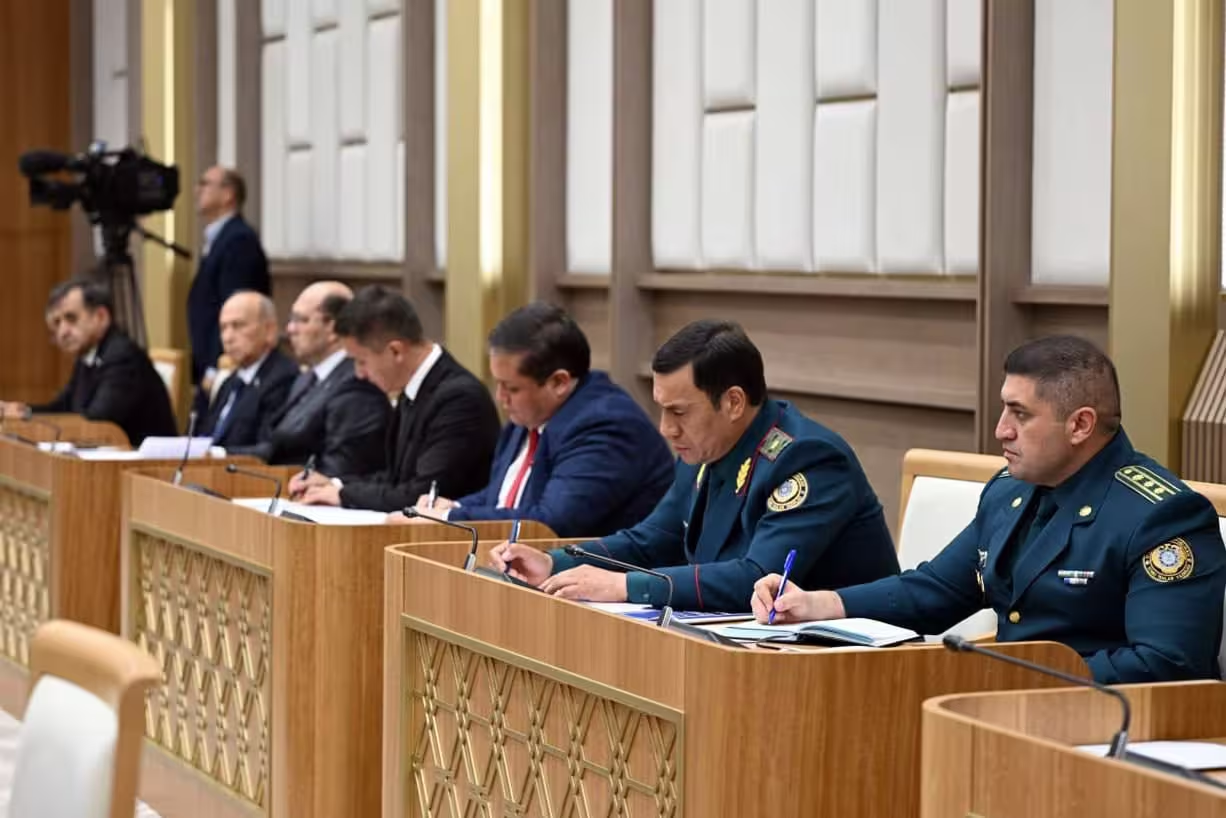
National “Safe Road” Program Launched
To address persistent issues, a new nationwide initiative—the Safe Road program—has been launched. The Republican Fund “Safe Road and Safe Pedestrian” will be restructured and brought under direct government oversight, with UZS 400bn ($31.5mn) to be allocated this year.
Each region will also manage its own fund for local road safety projects. The funds will prioritize improvements in high-risk areas, starting with 23 hazardous highway sections spanning 175 kilometers. Road signs, traffic lights, and pedestrian crossings will be upgraded based on public input through a new digital portal where residents can vote and evaluate completed work.
Boosting Transport and Parking Infrastructure
The government plans to improve road infrastructure by addressing bottlenecks in highway turnarounds and pedestrian crossings. Of over 1,200 highway turnarounds, only 146 have proper overpasses or underpasses. Among 10,000 pedestrian crossings, only 154 meet such standards.
The Ministry of Transport, in collaboration with the World Bank, has been assigned to assess safety on the Tashkent–Samarkand–Termez, Tashkent–Fergana Valley, and Samarkand–Bukhara routes. Based on their findings, upgrades will be implemented.
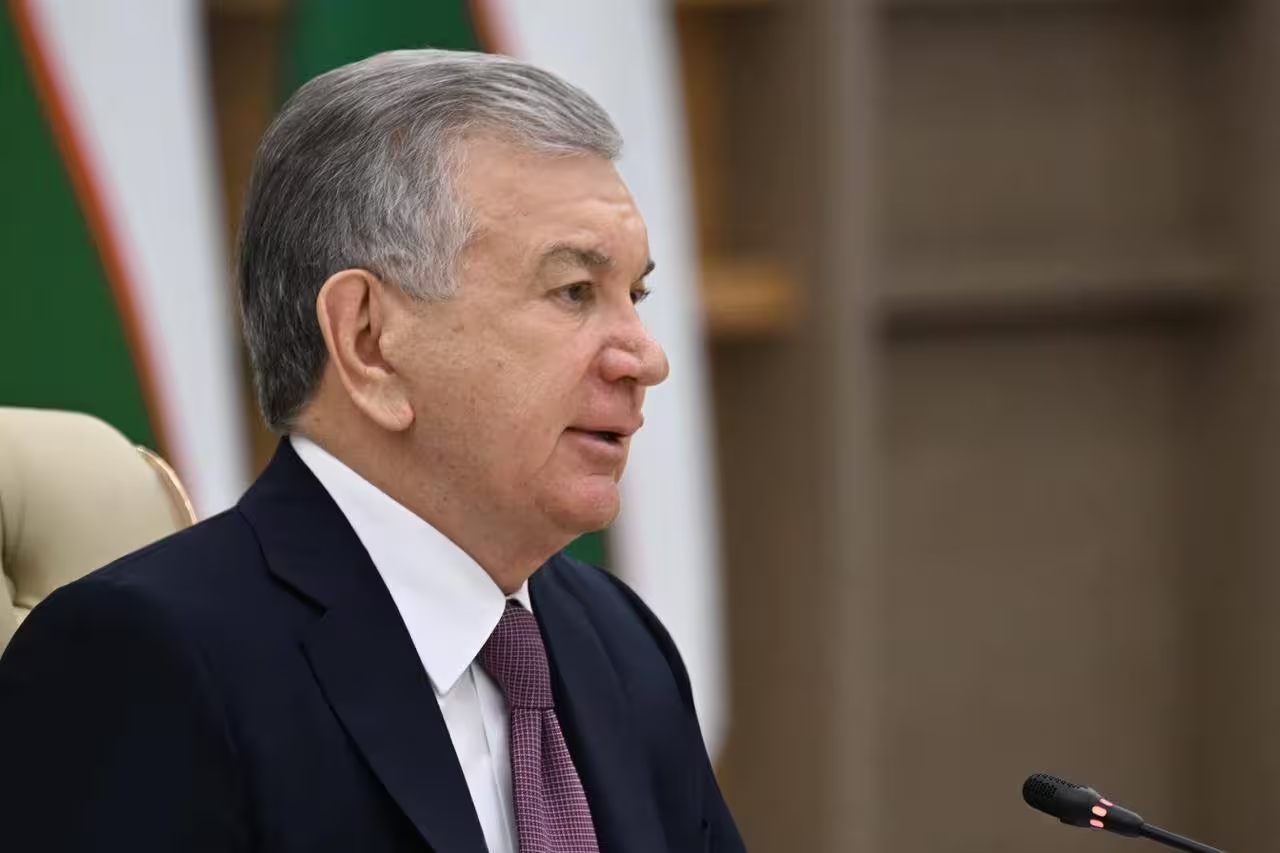
Intercity and regional public transport is also in focus. Currently, buses operate only when full, often delaying travel. Measures announced include:
- Extending 20 existing Tashkent-bound bus routes and launching six new ones
- Delivering 200 buses by September and 1,000 more next year
- Reducing 25,000 daily car trips into Tashkent through improved bus services
- Providing subsidies for regional buses and extending exemptions on customs duties and disposal fees for public transport
Parking and Urban Accessibility
The shortage of legal parking is another major issue. In cities like Tashkent, many drivers park on roadsides due to closed-off streets near government buildings.
Mirziyoyev ordered the removal of unjustified barriers and “no entry” signs in public areas and tasked the Ministry of Transport with launching an electronic platform to gather feedback from drivers and track road-related complaints.
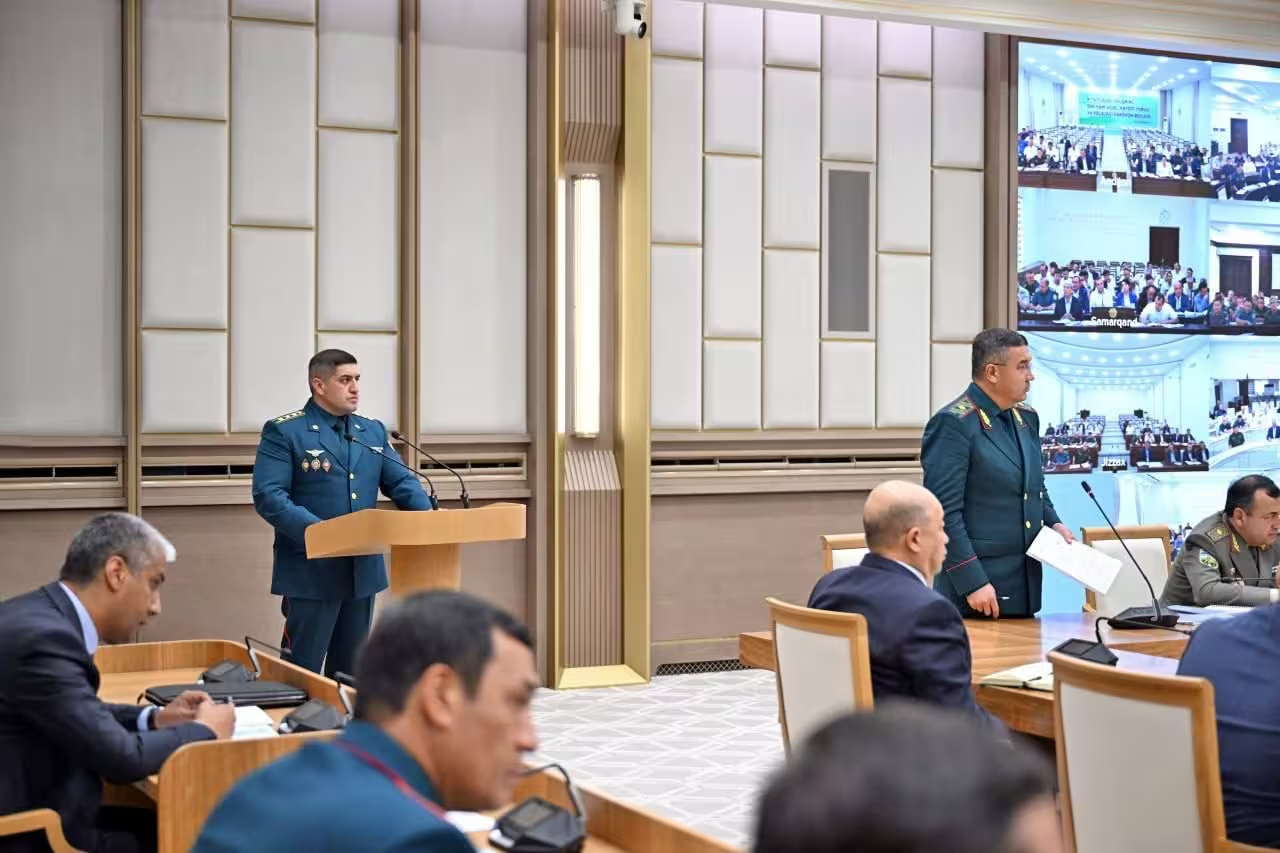
Targeting Repeat Offenders and Promoting Safety Culture
To tackle habitual violations—of which there were nearly 20mn last year—a “Chronic Violators” initiative will be launched. Under the plan:
- Repeat offenders will lose access to fine discounts for a year
- Drivers with 10+ violations in a month may have their licenses suspended for six months
- Excessive speeding could result in license revocation
- If a fine decision is not issued within a month of the violation, the driver won’t be required to pay
Educational reforms are also in progress. Driver training programs have shown progress, but the government stressed the importance of pedestrian awareness, especially among youth. Traffic education in schools and kindergartens will be updated, and the “Green Light” competition will return, with top performers eligible for Presidential prizes.
Reports were presented by relevant officials at the meeting, outlining the implementation of assigned tasks.
The government aims to cut serious accidents and modernize the country’s entire road ecosystem under the new set of initiatives.
